Published: 9 March 2024
Last updated: 21 March 2024
It is unclear whether a new leadership can emerge quickly enough to unite under a joint platform to oust Netanyahu, and bring a vision of hope for a better future.
For nearly 40 consecutive weeks of demonstrations, beginning in January 2023 when the current government took office, hundreds of thousands of Israelis protested weekly against the judicial overhaul. But they came to an abrupt end on October 7. The civil society leaders who headed the demonstrations mobilised their skills to run the logistical and social service operations required after October 7 that the government should have been running, but did not.
But as the war in Gaza continues without an end in sight, as the casualties mount, and as the 136 hostages remain in Gaza, Israelis have begun to take back the streets. While their numbers are still smaller than before October 7, they are growing. And the intensity of the demonstrations, along with the aggressive police response, are growing, too.
Last Saturday, tens of thousands of protestors demonstrated throughout the country, once again attempting to block major intersections. Some 20 people were arrested, and one journalist was lightly injured when the police fired a water cannon at her. The arrested, most of whom were released that night without charges, complained about police brutality in both the arrests and the detainments.
The week before, in Jerusalem, hundreds of family members of the hostages, who had marched for days from the site of the Nova party massacre to protest the lack of progress to bring the hostages home, were joined thousands near the prime minister’s residence. Quiet and subdued, the demonstration began with a minute of silence in memory of those murdered on October 7 and a prayer for the safety of the hostages and Israeli soldiers.
At the same time, in Caesarea, hundreds attempted to demonstrate out the prime minister’s private residence, but were held back by police.
In Tel Aviv, several thousand people, many carrying signs reading "Ceasefire Now" and "No more blood spilled”, were joined by family members of the hostages, who had held their vigil nearby. Seven were arrested and four were injured after the protesters briefly blocked the main Tel Aviv-Jerusalem highway.
We will stay here until this government, which abandoned us and our loved ones, disappears.
Yaakov Godo, protester
Compared to the previous demonstrations and especially the demonstrations before October 7, this police response was relatively tame. A week earlier, in Tel Aviv, mounted policemen aggressively patrolled the crowds, and one policeman was captured on film whipping a protester with his reins.
The use of water cannons left several people injured, including family members of the protests who, until now, have been treated with greater reverence and given more leeway in their protests. More than 20 people were arrested.
Other demonstrations were held in Haifa, Beer Sheva, and main highway junctions across the country and it would seem that the movement is gaining traction. But while the pre-October 7 demonstrations were based on consensual opposition to the judicial overhaul, these demonstrations are led by overlapping groups often at crossed purposes, some calling for elections, others calling for Netanyahu to quit, with or without elections, and others demanding that the government accept almost any deal that would bring the hostages home.
Wearing their recognisable khaki-colored T-shirts, the Brothers and Sisters in Arms group is back. An organisation of reserve men and women from various units in the Israel Defence Forces (IDF), they were among the leaders of the protests against the judicial reform. So far, they have concentrated mostly on guerilla-like events.
Most recently, they demonstrated outside the Jerusalem home of Minister of Construction and Housing Yitzchak Goldknopf, demanding that the ultra-Orthodox enlist in the army and share the burdens of Israeli society, to which Goldknopf and the other ultra-Orthodox parties are adamantly opposed.
The “Kaplan Force,” so dubbed because it was the primary organiser of the demonstrations on Kaplan Street in Tel Aviv, has also reappeared, its demonstrations calling for the Netanyahu’s immediate resignation or ouster. As before, they have been joined by other groups, such as Women Building an Alternative.
Since October 7, the families of the hostages have deliberately tried to remain above the political fray, but many are losing patience and have lost faith that the government is actually making an effort.
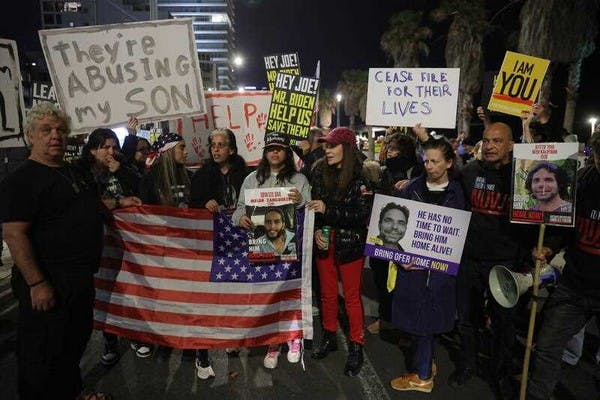
Indeed, Ronen Tzur, who had been communications consultant for the Hostages and Missing Families Forum, and is a former MK from the Labor Party, quit his position in mid-February, apparently because representatives of political parties in the coalition threatened family members threatened that they would not engage with them if the politically-identified Tzur continued.
Following his resignation, some 20 families have adopted a more aggressive tone than before, blocking main intersections and carrying signs reading “136” (the number of hostages) and “HELP!” with pictures of the hostages.
Smaller groups, such as the Kippur Veterans 1973, have joined with other ad-hoc groups to form a “front for the removal” of Netanyahu. Adopting more aggressive tones, they seek to leverage their credit as veterans of that war by comparing the failures that brought about the Yom Kippur War to those that led to the catastrophe of October 7.
They see themselves as an accelerant to fan discontent and anger in the Israeli public, over the handling of the war, the refusal of the ultra-Orthodox to enlist in the army, and the deteriorating economic situation. Throughout the country, they have hung signs reading, “You’re the head, you are guilty,” which are reported to be particularly galling to the prime minister.
Immediately after the traditional 30-day mourning period for those murdered on October 7, relatives of the victims set up the “Victims’ Tent” outside the Knesset and have maintained a constant presence there, night and day.
“We will stay here until this government, which abandoned us and our loved ones, disappears,” Yaakov Godo, whose son was murdered by Hamas on October 7, told Plus61J Media. “Netanyahu is guilty for what has happened to our country, but he puts his own survival above the good of the country and certainly above the good of the hostages.”
Tikkun 2024 is a newly founded nonpartisan organisation led by reservists who want to, in their words, “preserve the spirit of cooperation brought on by the war”. They are a politically diverse group that is calling on the main political parties to “take full responsibility for the catastrophe that befell us” and to form an emergency unity government, with Netanyahu as Prime Minister and to set a date for new elections.
Much of the public seems hesitant to demonstrate, fearful of hurting the morale of loved ones who are serving.
According to a poll published in late January, only 15% of Israelis want to Netanyahu to continue in office after the war on Hamas in Gaza ends. And indeed, in what can be considered related findings, in one poll published this week, fully 45% of Israelis believe that he is deliberately holding back on a deal to release the hostages; in a previous poll, 53% said they believe he is primarily motivated by personal interest, and only 33% said he is acting for the good of the country.
The responses from Netanyahu and his government to the growing demonstrations have followed tactics similar to those he has used in the past.
First and foremost, he is accusing the protesters – and, by association, the families of the hostages – of disloyalty. The war, Netanyahu insists, is the only possible response to Hamas’ vicious attack; elections or any other disruption of the conduct of the war will destroy Israel’s chances for the “total victory” over Hamas that he has promised. The protesters are therefore the enemy within, and they deserve to be vilified and even water-cannoned.
That violence, some argue, is a deliberate attempt by Minister of National Security, Itamar Ben-Gvir, and supported by Netanyahu, to destabilise the country. Ben Gvir, who has been open about his intent to use the police as a militia, has called for increased violence against protestors, most likely believing that this will dissuade the masses from coming out to protest.
In mid-February, a poll conducted by the Israel Democracy Institute, an independent think tank in Jerusalem, found that 60% of respondents anticipate a wave of protests breaking out. It remains to be seen if this could turn into a self-fulfilling prophecy, and, so far, the numbers of protesters on the streets remain relatively small.
In the past, issues such as a deteriorating economic situation and excessive demands by the ultra-Orthodox have brought Israelis out to the streets in large numbers. Those issues are prominent now, too, along with dissatisfaction with the conduct of the war and the negotiations for the hostages, but much of the public seems paralysed, depressed, in mourning, or hesitant to demonstrate against the war, fearful of hurting the morale of their family members and loved ones who are currently serving in Gaza or the north.
Some are anticipating that with the release of large numbers of reservists, this situation will change. They point out that released reservists played crucial roles in toppling Israel’s government after the debacle of 1973, the controversial invasion of Lebanon in 1982, and after the Second Lebanon War in 2006.
The situation remains unclear, and in constant flux. With many of the former leaders of last year’s protest movement still on reserve duty or trying to re-enter civilian society after months of traumatic combat, it is unclear whether a new leadership can emerge quickly enough to form a new political front that can beat Netanyahu and the Right in the next general election – whenever that will be. If they do, the disparate movements will need to unite and articulate an agreed-upon platform. And most importantly, a vision of hope for a better future.
READ MORE
Thousands of Israelis Protest Gov't, Police Use Water Cannons in Tel Aviv (Haaretz)
16 were arrested in demonstrations against Benjamin Netanyahu's government held around the Israel, including Haifa, Be'er Sheva, Caesarea, and Tel Aviv, where protesters temporarily blocked Tel Aviv's Ayalon Highway
Violence erupts as Israelis call for elections in Tel Aviv protests (Jerusalem Post)
About 20,000 demonstrators came to the demonstration in Kaplan, and more were present at about 30 early demonstrations across the country.
Protesters, police clash following rallies focused on plight of female hostages (Times of Israel)
Two Tel Aviv protests held block apart, both using Women’s Day as theme; rally for hostages disperses peacefully, while anti-gov’t protesters spar with cops before heading home
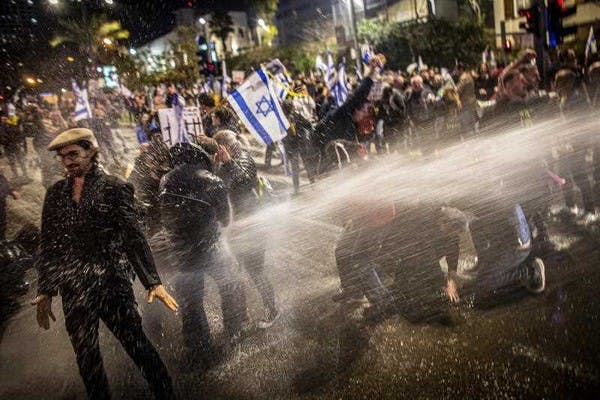

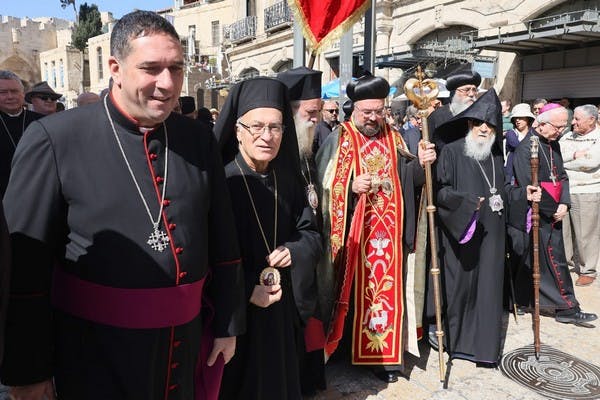
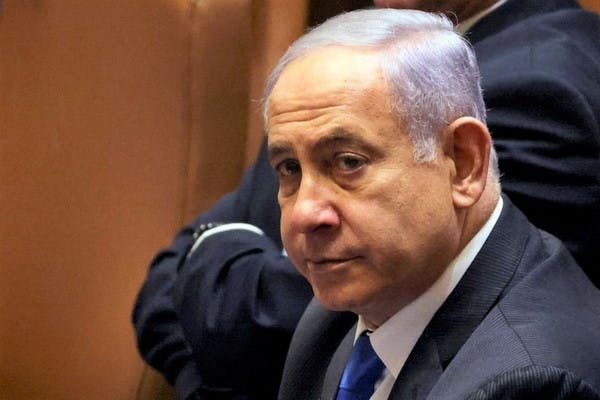
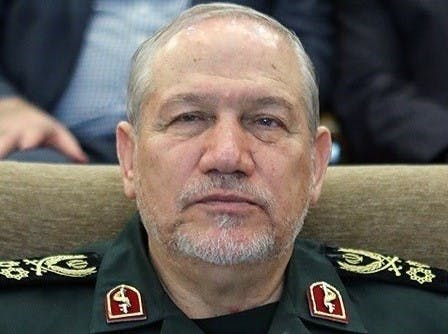
Comments
No comments on this article yet. Be the first to add your thoughts.